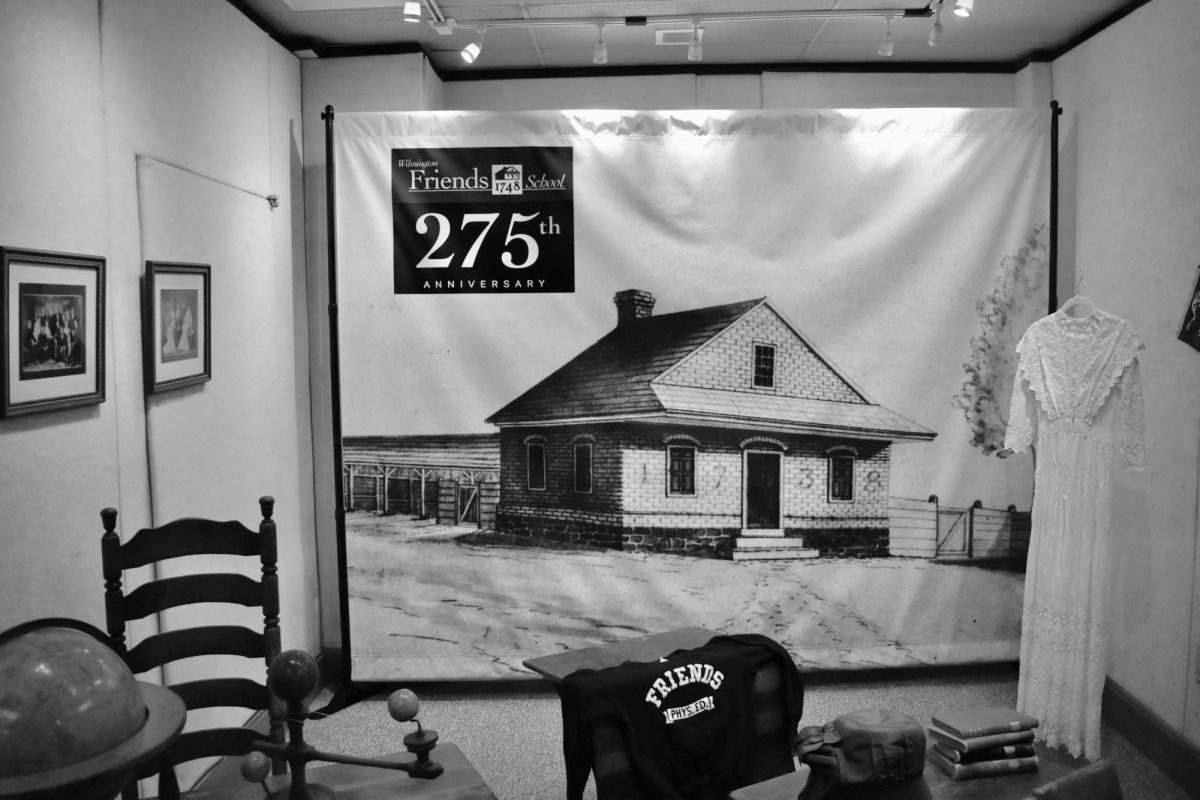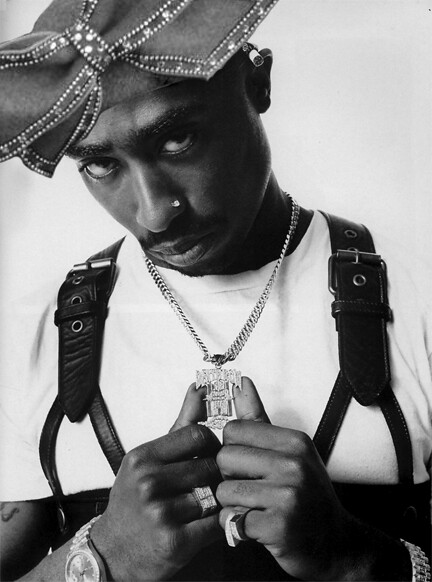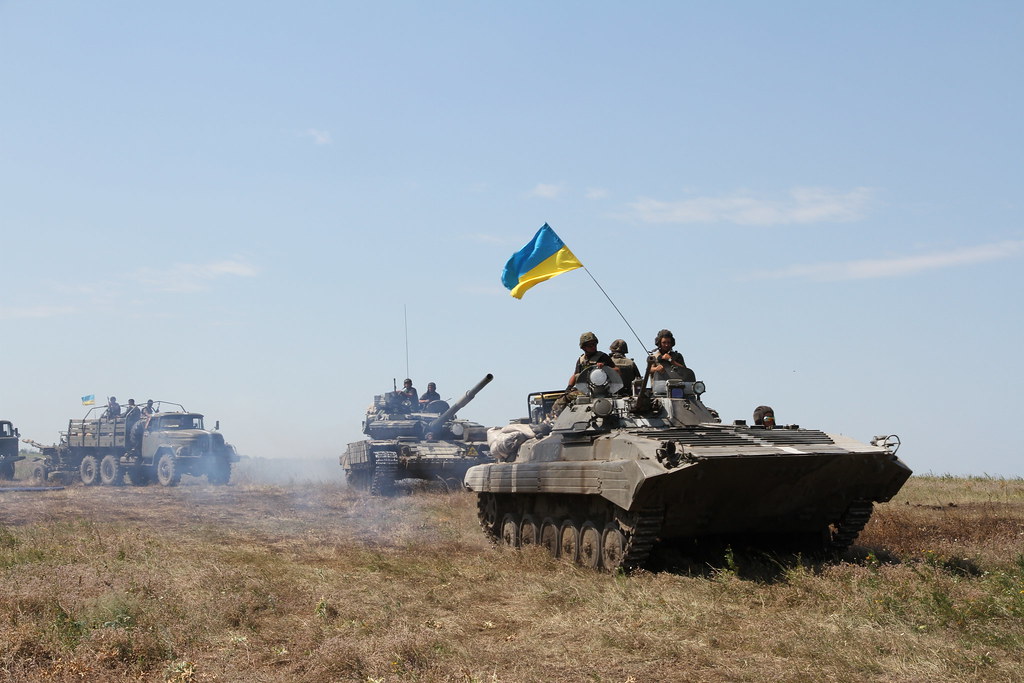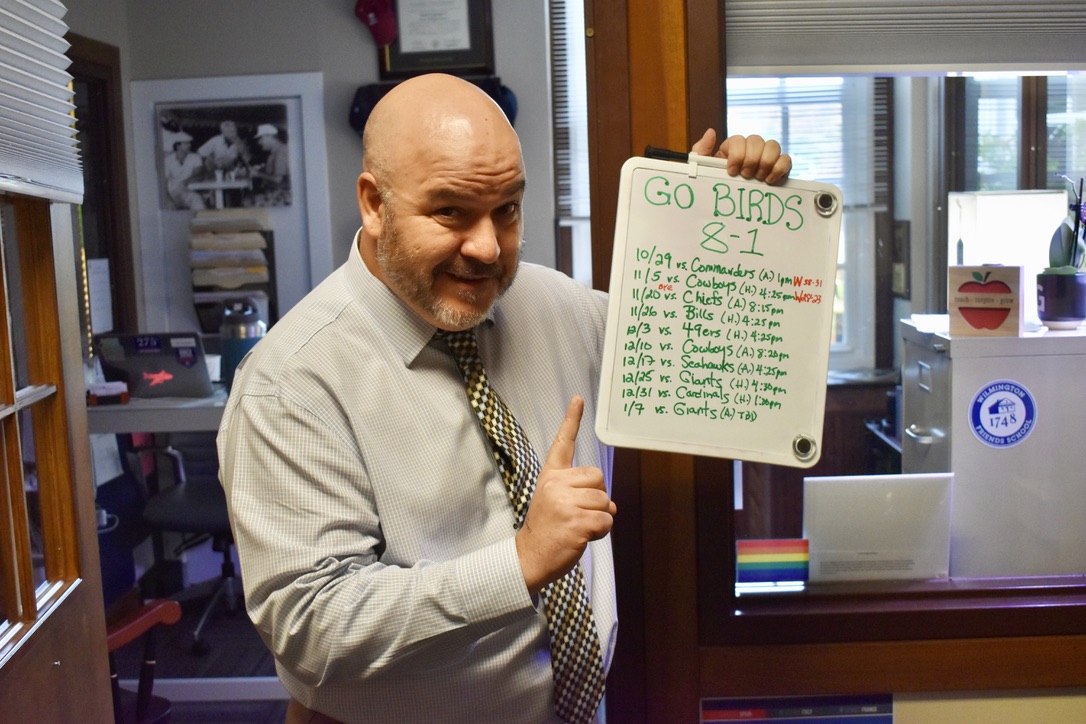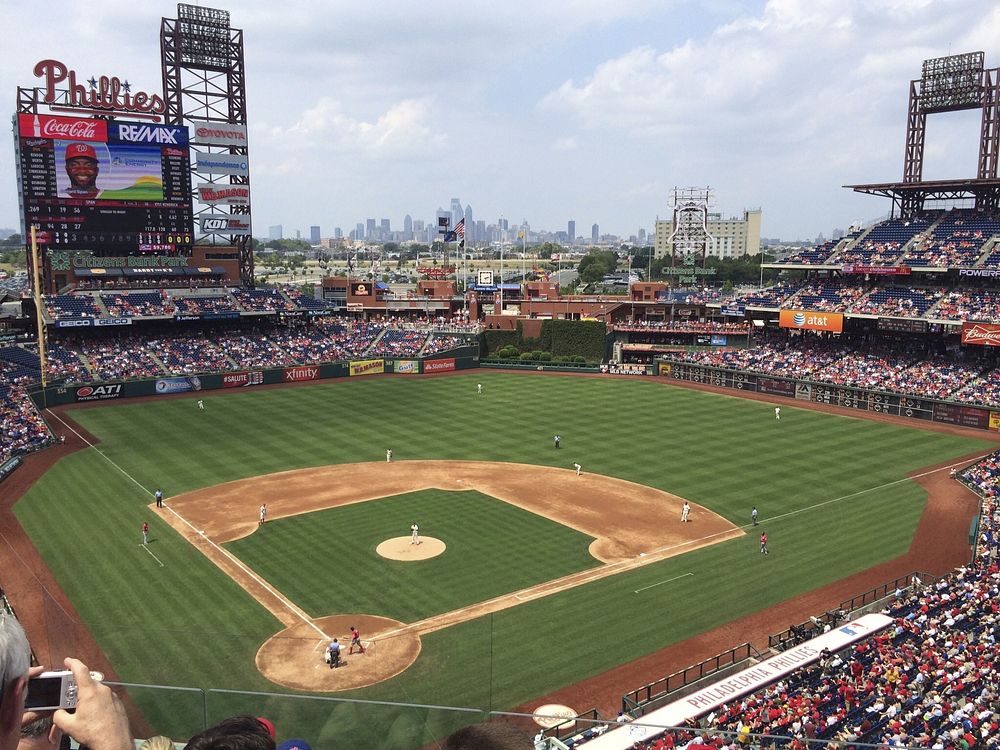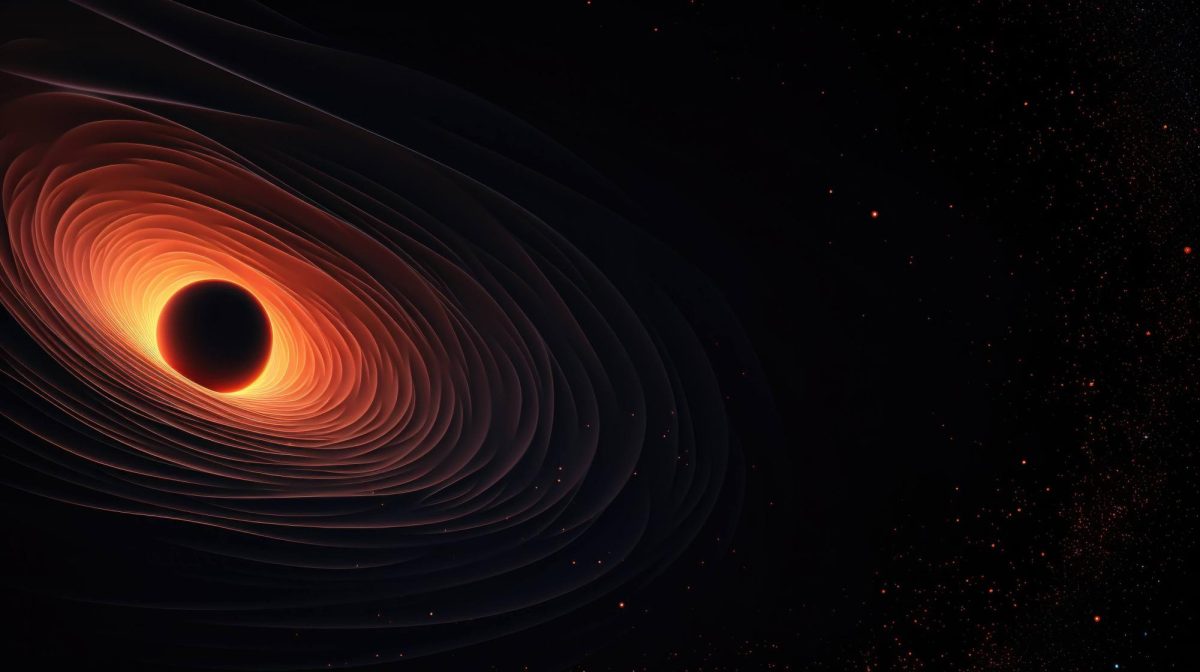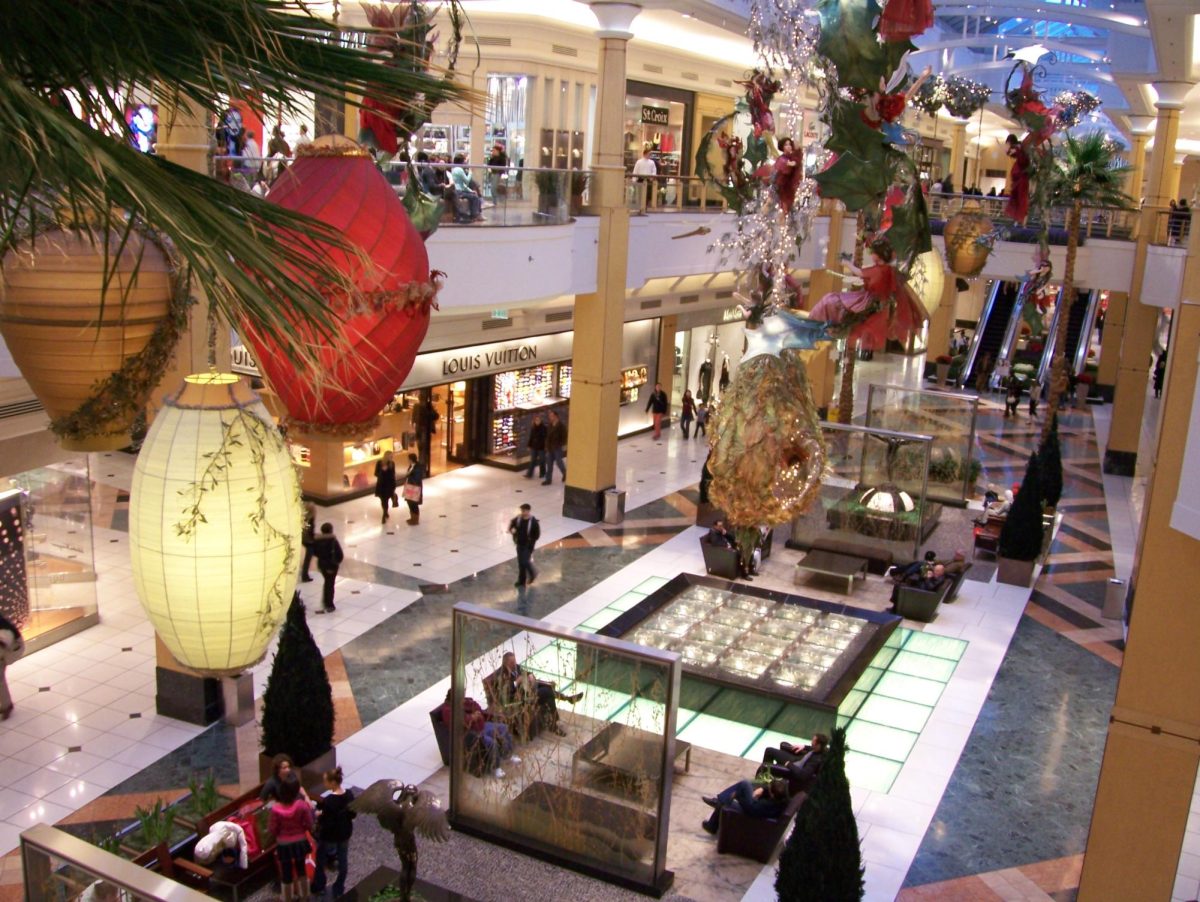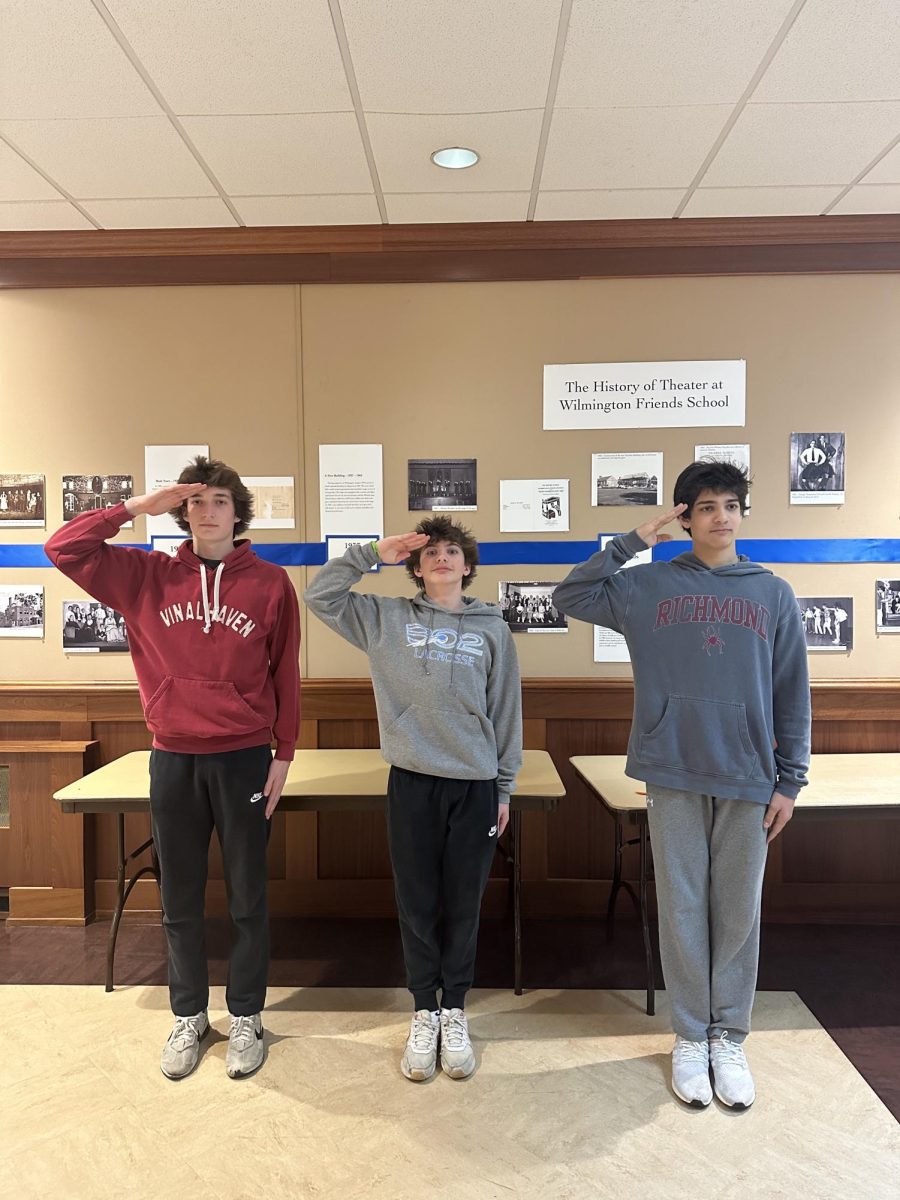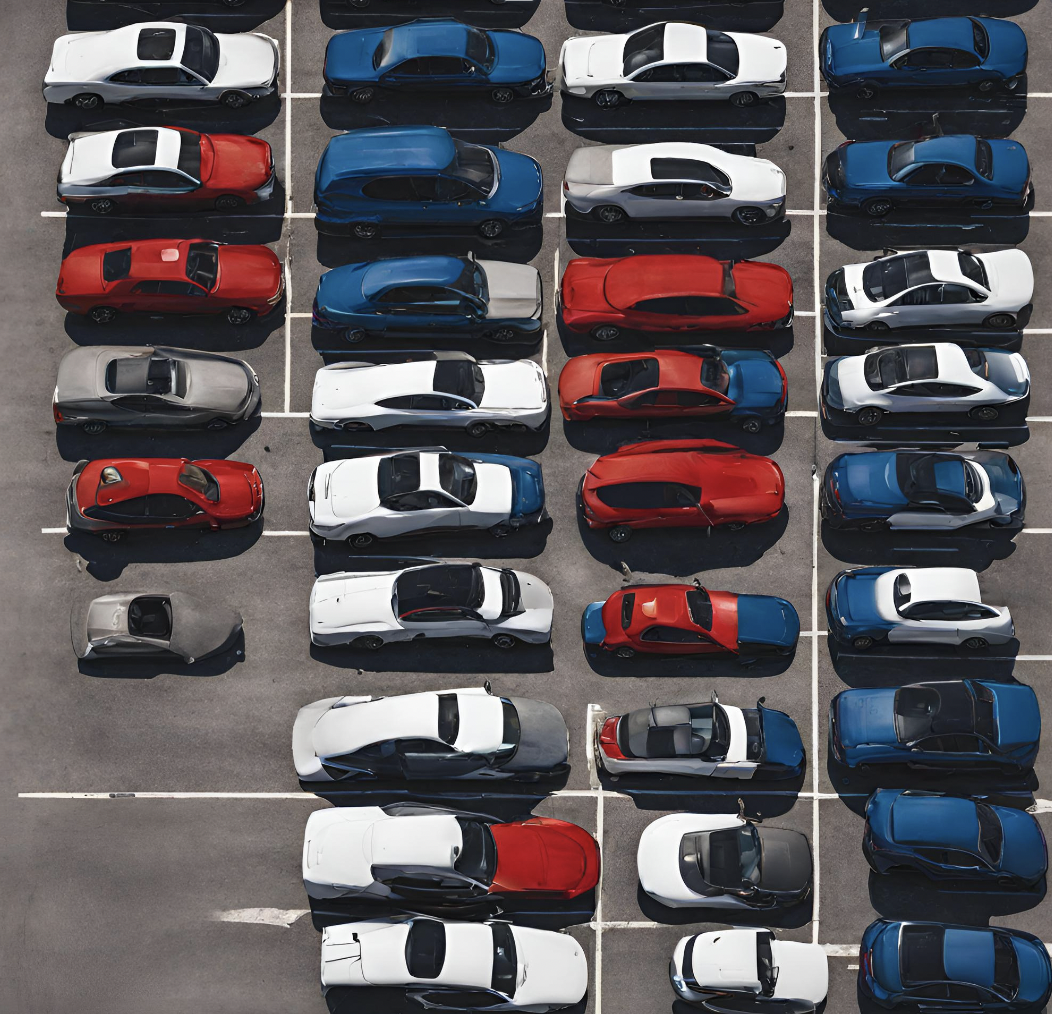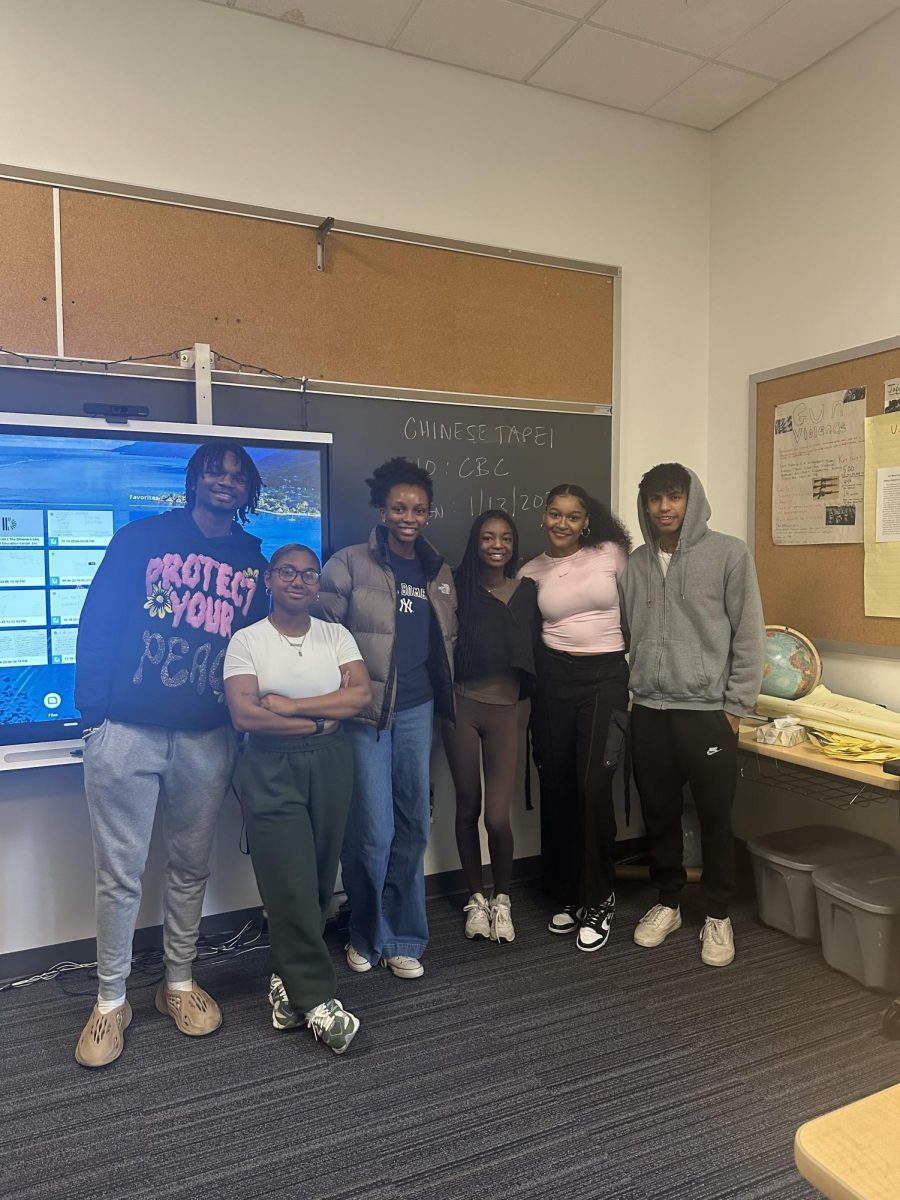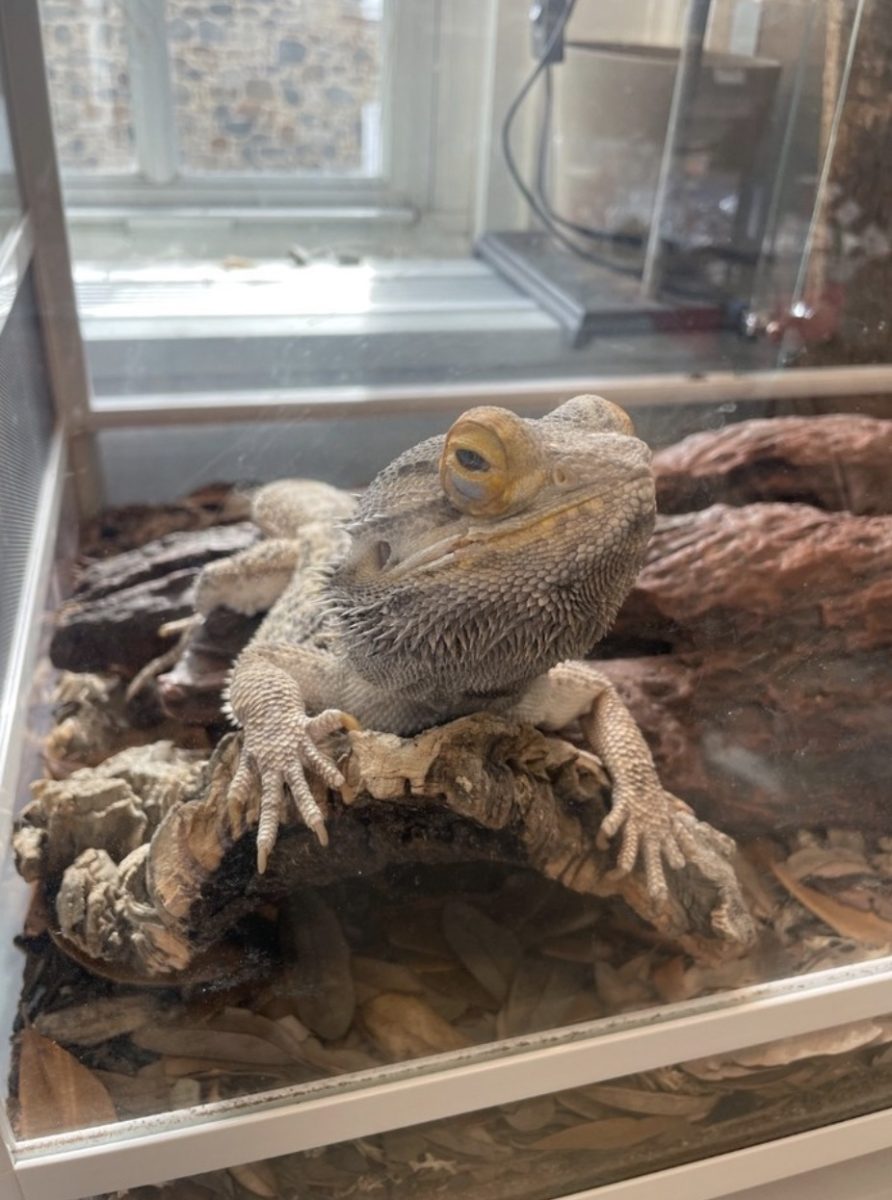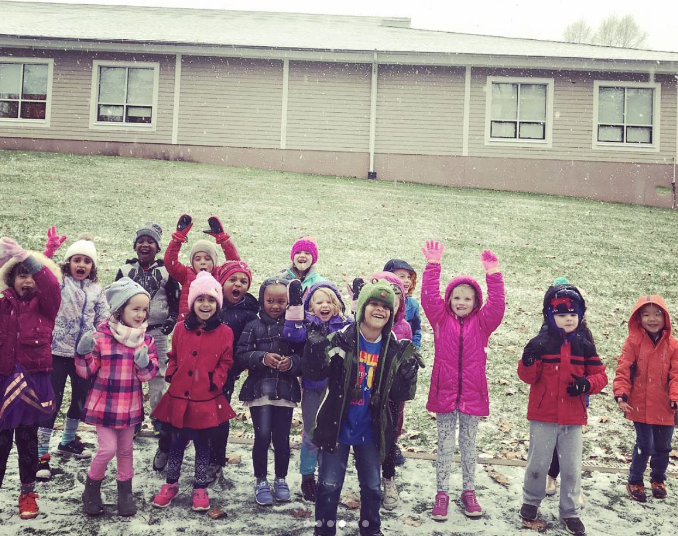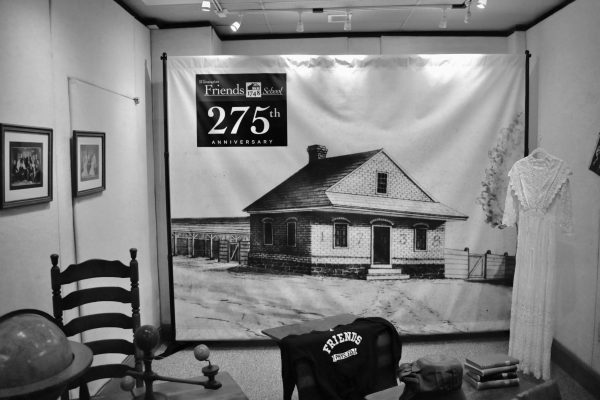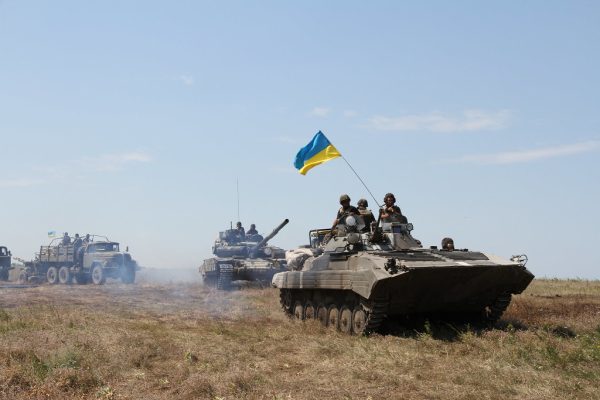The Origins of the Russo-Ukranian War
May 31, 2022
On February 24th, 2022, Russian President Vladimir Putin launched a full scale invasion into Ukraine, the largest act of war in Europe since World War Two. Millions of Ukrainians are fleeing the country, while others stay behind to defend it. But what caused this conflict? Was war unavoidable, or did we just miss the warning signs?
On December 1st, 1991, Ukraine declared its independence from the Soviet Union. While Russia was divided between Soviet supporters and Russian leaders, represented by Mikhail Gorbachev and Boris Yeltsin respectively, both sides were opposed to its independence, although neither party pursued the topic, instead focusing on gaining control of Moscow. In order to gain complete control, Yeltsin was forced to dissolve the 1922 Union Treaty, ending the Soviet Union and allowing Ukraine to gain independence. This deal was not accepted by Russian leaders, but was instead viewed as a temporary concession in order to get Gorbachev out of office and gain political control over Russia. After this, Russia began contesting Ukrainian independence through their membership in the Commonwealth of Independent States (CIS), and through military disputes.
A major question after Ukrainian independence centered around the stockpile of Soviet nuclear weapons within Ukraine. After its declaration, Ukraine found itself in control of the third largest nuclear stockpile in the world, behind the United States and Russia. Other new countries, such as Belarus and Kazakhstan, found themselves in a similar situation, raising the number of nuclear powers from seven to ten. This panicked Western powers, and resulted in the United States taking on a more proactive role in the negotiations between Russia and Ukraine. To resolve this issue, the Budapest Memorandum was held, in which Russia, the United Kingdom, and the United States recognized Ukrainian independence, with Russia promising that no military action would be taken against Ukraine. In exchange, Ukraine returned all of their nuclear weapons to Russia.
While progress was being made, there was one major complication to the Ukrainian and Russian relations. The Black Sea Fleet anchored in Sevastopol, Crimea, contained 300 naval vessels that once belonged to the Soviet Union. However, as President Yeltsin claimed, it still belonged to Russia. Yeltsin also had his eyes set on all of Crimea, arguing that it is historically, ethnically and militarily Russian. An agreement was reached to give Ukraine Crimea in exchange for half of the Black Sea Fleet. Crimea was gained, but a deal to exchange the vessels was never finalized.
Conflict between Ukrainians and Russians persisted past the 1990s, however. In 2004, the Orange Revolution in Ukraine overturned an election from a pro Russian candidate to a pro Western candidate. In 2008, Russia combated Ukraine’s application to NATO. In 2014, another candidate in Ukraine was replaced with a pro Western one, this time resulting in violent protests and forcing the pro Russian politician to flee the country. That same year, Russia annexed Crimea, causing international outrage. In 2019, President Volodymyr Zelenskyy won against a pro Russian candidate, before cracking down on pro Russian oligarchs in 2021. This resulted in Russian President Vladimir Putin countering by moving thousands of soldiers to the Ukrainian border, before launching his invasion months later.
The conflict between Russia and Ukraine has been brewing for decades, and has finally erupted. As battles are waged and the war rages on, many countries continue to stand with Ukraine, placing sanctions on Russia and crippling their economy. However, this has not deterred Putin, and he continues to push into Ukraine. Meanwhile, Ukraine has showed its strength, and if Russia manages to take the country, it is unlikely to stop the Ukrainian people.

